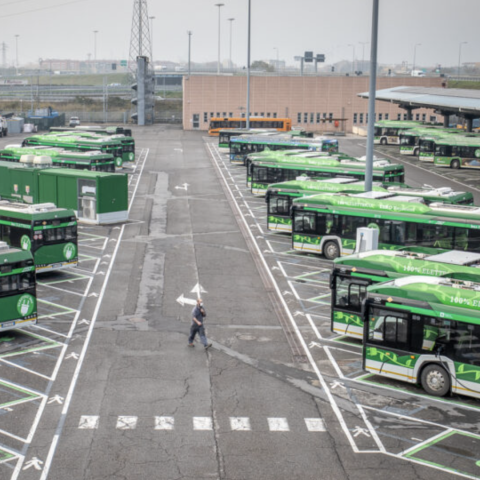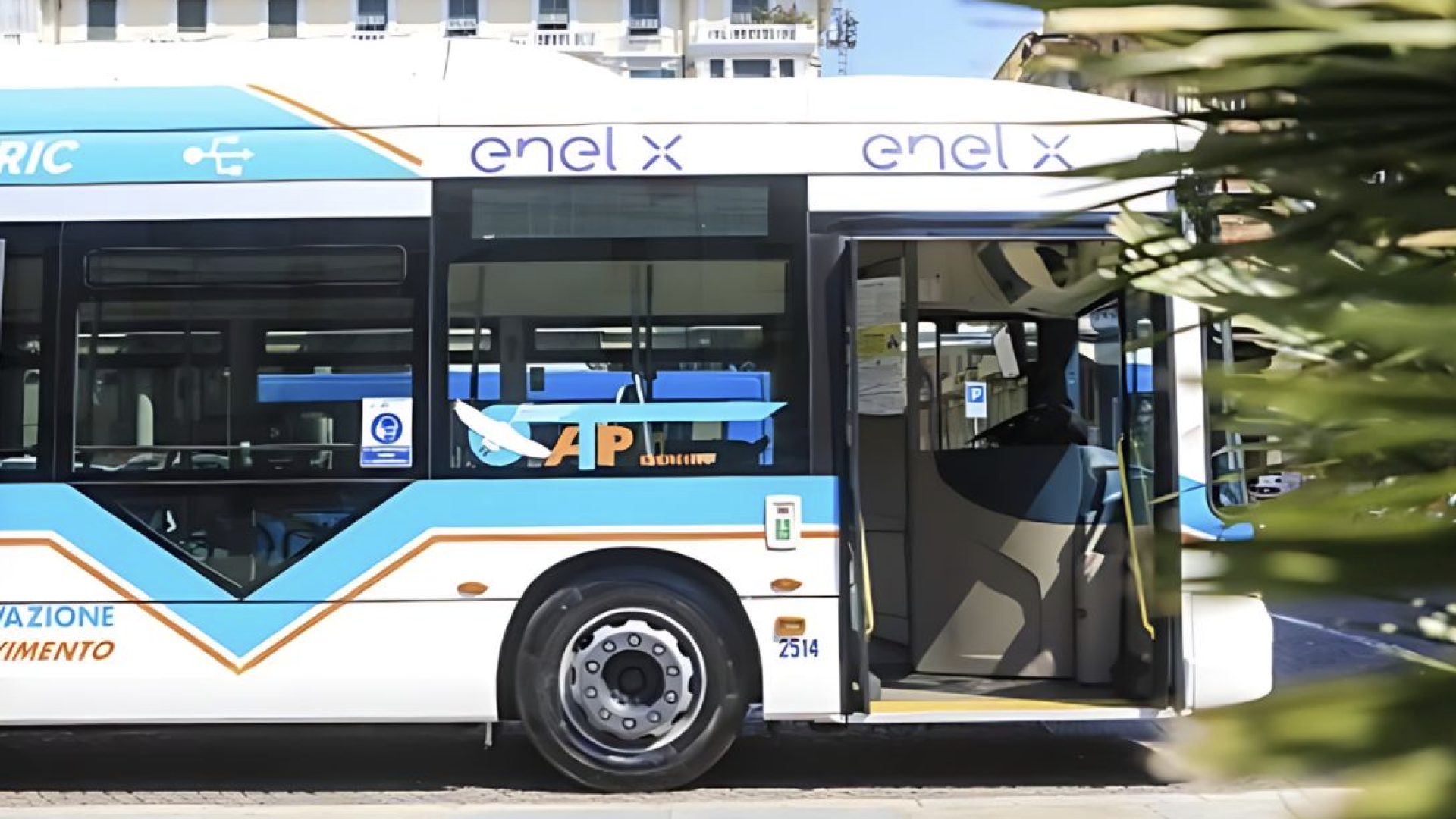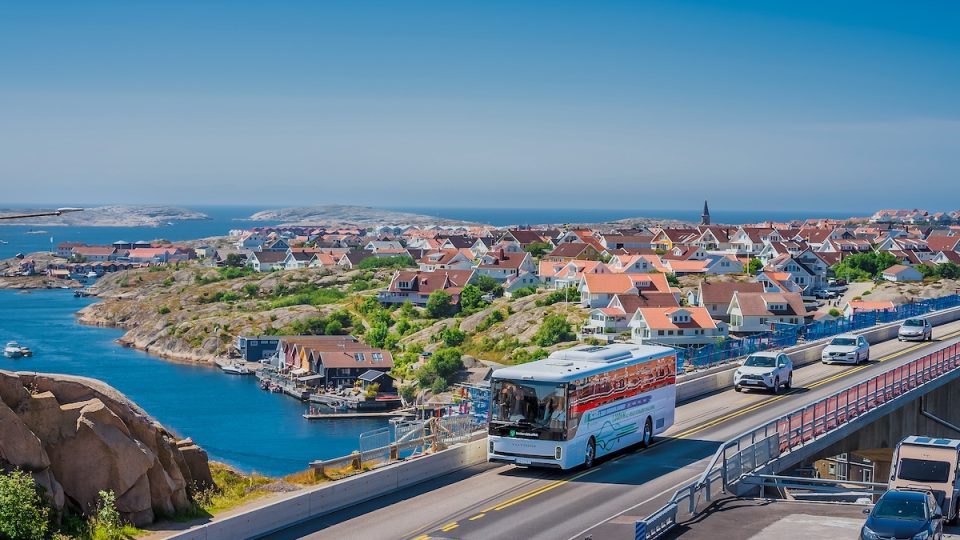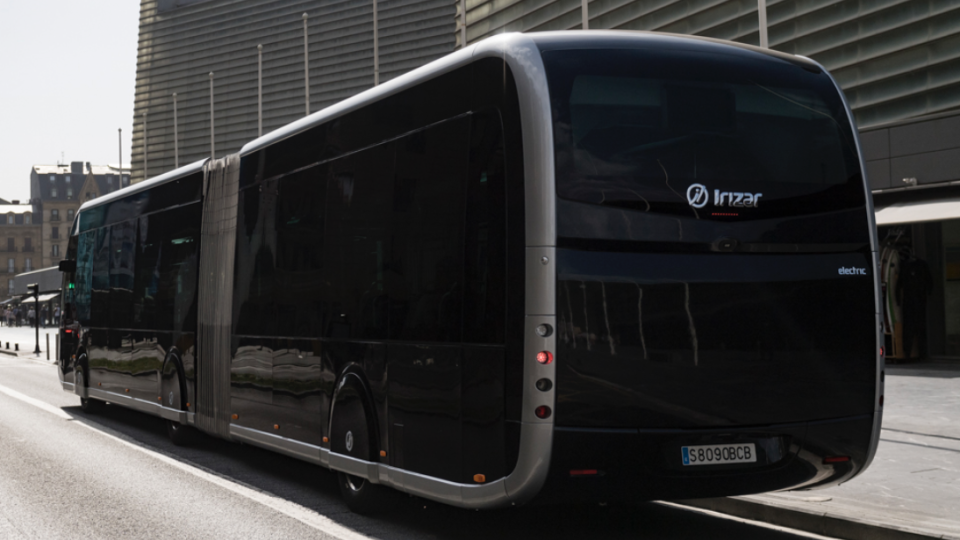2,500 zero emission buses were awarded in Italy in 2023, Motus-E study founds
In 2023 nearly 2,500 zero-emission buses have been awarded in Italy for an investment of 1.8 billion euros. Most of those will have to be in operation by June 2026, according to the schedule of Next Generation Europe fundings. The “Electrification trends in local public transport” report by Motus-E, published today (and AVAILABLE FOR DOWNLOAD […]

In 2023 nearly 2,500 zero-emission buses have been awarded in Italy for an investment of 1.8 billion euros. Most of those will have to be in operation by June 2026, according to the schedule of Next Generation Europe fundings.
The “Electrification trends in local public transport” report by Motus-E, published today (and AVAILABLE FOR DOWNLOAD HERE), offers an in-depth look at the transition towards increasingly electric urban mobility in Italy and Europe.
Motus-E on the electrification of public transport
Motus-E is an Italian trade organization made up of industrial players, automotive professionals, the academic world, and associations aiming to accelerate the switch to electric mobility.
The report, curated by Sustainable Bus in collaboration with the Bolzano-based research center Eurac Research, aims to capture the shift towards electric mobility in public transport, highlighting the current state, trends, and future prospects.

The pillars driving Italian transition to zero emission buses
In recent years, the European urban bus market has seen significant growth in alternative drivetrains. In 2023, these accounted for 73% of new registrations, with zero-emission buses covering over 40% of the total (27.5% in Italy, which ranked ninth in Europe at the end of 2023 with just over 900 e-buses in circulation). More than half of the 19,000 e-buses registered in the past 12 years in Europe were registered in 2022-2023, highlights the study.
In Italy, where 2023 saw a 250% increase in electric registrations (400 units), this acceleration rests on three pillars: first, unparalleled funding plans for fleet renewal starting in 2019 (including 2 billion euros from Next Generation EU funding, in addition to 3.7 billion from the national Strategic Plan for Sustainable Mobility); secondly, a legislative framework directing the majority of funds towards alternative drivetrains and zero-emission vehicles; third, the well known European regulations.
In any case, looking ahead, the direct consequence of such substantial funding and regulatory requirements is a significant surge in zero-emission bus volumes awarded in tenders, with 2023 seeing about 2,500 zero-emission buses awarded (2,326 battery and 165 fuel cell) for an investment of 1.8 billion euros, according to original data showed in the report.

According to the study, in 2050 the Italian bus fleet will consist of 88% electric vehicles and 9% hydrogen vehicles, with extremely significant benefits for air quality in cities and the reduction of climate-changing emissions, against negligible repercussions on the national electricity system. By 2050, in fact, an increase of 2.55 GW of installed capacity for recharging vehicles is expected, which is less than the new renewable capacity installed in Italy in 2023 alone.
Which the place for hydrogen?
Despite promising potential, the current state of hydrogen technology in the bus market remains marginal, with just over 200 units registered in Europe in 2023, representing a 109% increase from the previous year but only 1.3% of the Class I bus registration. In Italy, no hydrogen buses were registered in 2023, though two of the largest European tenders for this technology (130 buses in Bologna and 90 in Venice) were awarded.
It remains to be seen how hydrogen will fare in the Class II segment, especially as the National Strategic Plan for Sustainable Mobility (an Italian funding stream for new bus purchase) has opened up funding for battery interurbans starting 2024.









